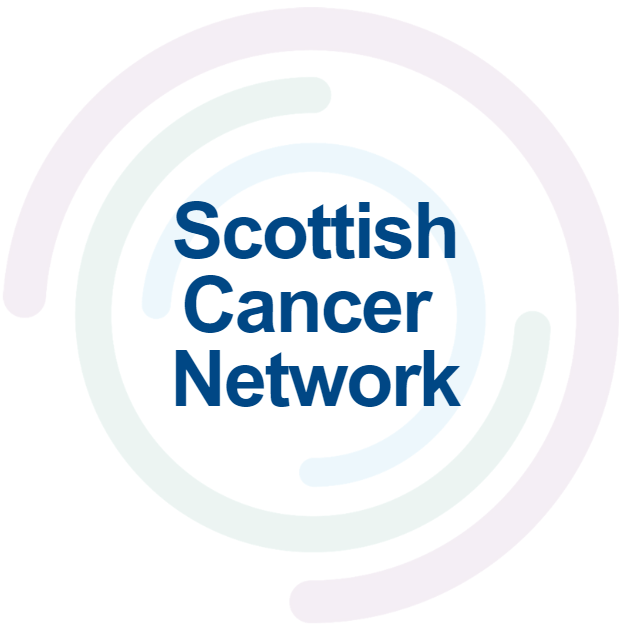After breast cancer (regardless of hormone receptor status of the tumour) guidance currently recommends avoiding use of systemic hormone replacement therapy (HRT) for menopausal symptoms3,4. This is because of concern that HRT could increase risk of breast cancer recurrence, or of occurrence of another primary breast cancer. Self-help strategies and non-hormonal medical treatment options should be recommended in the first instance3,4,5.
Self-help strategies
There are lots of things that people can do themselves that are very useful for keeping menopausal symptoms under control and reducing their impact. Strategies for managing flushes and sweats include avoiding hot drinks, caffeine, alcohol and spicy foods which can trigger flushes and sweats; wearing layers of thin clothing that can be removed when needed, having thin layers of bedding that can be adjusted, rather than a single heavy layer; and using fans.
Mindfulness and cognitive behavioural therapy (CBT) techniques can help people to stay calm when they feel a flush or sweat starting, or when they feel angry or irritable or stressed by memory or concentration letting them down or being unable to sleep. CBT in particular has been shown to reduce flushes, sweats, low mood, anxiety and sleep disturbance6. The Women’s Health Concern fact sheet on Cognitive Behavioural Therapy for menopausal symptoms, and the self-help book “Managing hot flushes and night sweats: a cognitive behavioural self-help guide to the menopause” by Myra Hunter and Melanie Smith may be helpful, alongside online resources and apps like Sleepstation, Clementine and Sleepio (there are lots of others) for mindfulness and sleep. Podcasts from Menopause and Cancer organisation offer useful advice and support.
Exercise and maintaining a healthy weight can help hugely with symptoms and with self-esteem as well as being important for a healthy body. After menopause (and after some breast cancer treatments) muscle strength is lost and bone density reduces. Exercise and a good diet containing plenty of calcium and vitamin D can help to maintain muscle and bone strength to maintain mobility and protect bones from osteoporosis. Exercise doesn’t have to be strenuous – walking and climbing stairs are what suit some people best; others might opt for yoga or Pilates or swimming (or something completely different that makes them feel good). See the Women’s Health Concern factsheets on nutrition, exercise and weight gain in menopause.
Non-hormonal medical treatments
There are various non-hormonal medical treatments that can be used off-label after breast cancer for menopausal symptoms. These are drugs that are not intended for menopausal symptoms but can offer significant benefit.
- Selective serotonin reuptake inhibitors (SSRI’s) like †citalopram and †escitalopram and the serotonin and noradrenaline reuptake inhibitor (SNRI) †venlafaxine can be effective for mood changes that can occur in menopause but are also beneficial for flushes and sweats. Venlafaxine may also help with sleep4,5,6,24. Before initiating any medicines, consider co-morbidities, the risk of interaction with other medicines and the impact of potential side effects. Suggested doses are:
-
- †Venlafaxine 37.5mg taken orally once or twice a day
- †Citalopram 10-20mg taken orally once a day
- †Escitalopram 5-20mg taken orally once a day
- For women taking tamoxifen, concurrent treatment with potent inhibitors of the enzyme CYP2D6 (paroxetine, fluoxetine) which catalyses conversion of tamoxifen to its active metabolite should be avoided4,7.
- †Gabapentin (100-300mg orally three times a day) can be very useful for vasomotor symptoms, aches and pains and sleep4,24.
- Clonidine is licensed for management of vasomotor symptoms, but benefit is very short-lived.
- †Oxybutynin 2.5mg po starting at a once daily dose and increasing to 4 times daily as required and tolerated can reduce wet sweats effectively but can have side effects like dry mouth and can affect cognition in the over-60s25.
These treatment options can all be offered by the Breast Clinic or in Primary Care.
A new class of drugs, neurokinin3 (NK3) antagonists, are now licensed in the UK but have not yet been approved for use in the NHS. These are non-hormonal drugs that offer a modest improvement in frequency and severity of moderate to severe vasomotor symptoms8,9. Evidence specific to use after breast cancer and during use of hormonal breast cancer treatments is lacking10.
See also non-hormonal treatment options specific to genitourinary symptoms below.
What about herbal or “natural” treatments?
Herbal treatments for menopause are not recommended because study evidence for their effect on breast cancer risk and their adverse health effects is not available. Many herbal menopause treatments, including red clover, phytoestrogens and black clover work by having a hormone-like effect, and can stimulate hormone receptors even if they are plant-based, or “natural”. Herbal medicines are not subject to the same trials and regulations as conventional medicine, so the content and strength of different preparations can vary hugely. Herbal medicines should be avoided after breast cancer4,5.
Changes to adjuvant anti-oestrogen breast cancer treatments.
People whose menopausal symptoms are made worse by tamoxifen, or by an aromatase inhibitor (used with or without a GnRH analogue/antagonist) and for whom self-help and non-hormonal management strategies are not effective should consult with their breast cancer specialist, and dependent on the characteristics of their breast cancer be may able to consider strategies like:
- changing tamoxifen brand, splitting tamoxifen doses, or taking a 12-week tamoxifen holiday (while keeping a symptom diary to inform benefit)
- switching to a different aromatase inhibitor, switching from an aromatase inhibitor to tamoxifen or taking a 4-week aromatase inhibitor holiday (and keeping a symptom diary to inform benefit)4.



